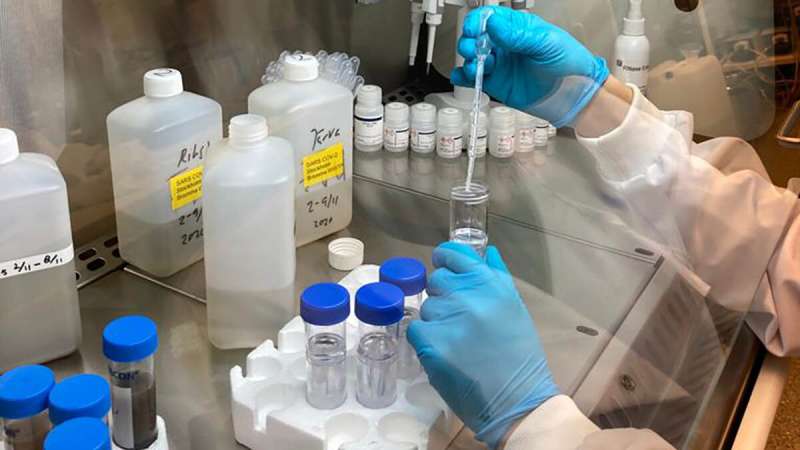Method could improve SARS-CoV-2 testing in variety of sewage systems

With the purpose of contributing to a monitoring or early-warning system for pandemic spread through a given region, a Swedish research team has reportedly optimized a method for concentrating SARS-CoV-2 particles in municipal sewage systems.
After comparing with other standard techniques, the researchers concluded that the optimized method, which was developed at KTH Royal Institute of Technology, addresses two challenges in measuring coronavirus levels in wastewater: that substantial differences are found in sewage collected in various parts of the world, and that virus particles become highly diluted in wastewater.
The researchers also reported that in applying the methodology, their measurements of coronavirus in Stockholm sewage during the last five months have been consistent with infection data gathered by public health authorities through individual testing.
Wastewater-based epidemiology can be a cost-effective alternative to testing large populations for SARS-CoV-2 virus, and it has the potential to be used as an early warning system for the pandemic spread, says Hakim Jafferali, a researcher with Science for Life Laboratory at KTH (SciLifeLab). "So, a reliable detection system requires a validated method – and a suitable reference virus – in order for concentrated SARS-CoV-2 virus to be ready for further processing and analysis," he says.
The technique published in Science of the Total Environment is a modification of an existing ultrafiltration method. Several of the standard methods for concentrating the virus in wastewater were compared, using samples of wastewater from Sweden and Northern Italy. For purposes of evaluation, the researchers added a similarly-spiked bovine coronavirus from the same genus as SARS-CoV-2, as an external reference. Pepper mild mottle virus (PMMV), which is an indicator of fecal contamination in wastewater systems, was found to be a reliable internal reference virus.
Jafferali says that an ultrafiltration-based technique consistently proved most sensitive with changes such as doubling the number of times the samples are centrifuged. The method is paired with the laboratory technique of real-time, qualitative polymerase chain reaction (qPCR), which monitors the amplification of a targeted DNA molecule during the PCR, not at its end, as in conventional PCR. The research was performed at KTH and SciLifeLab.
More information: Benchmarking virus concentration methods for quantification of SARS-CoV-2 in raw wastewater, Science of The Total Environment, DOI: 10.1016/j.scitotenv.2020.142939
Journal information: Science of the Total Environment
Provided by KTH Royal Institute of Technology




















